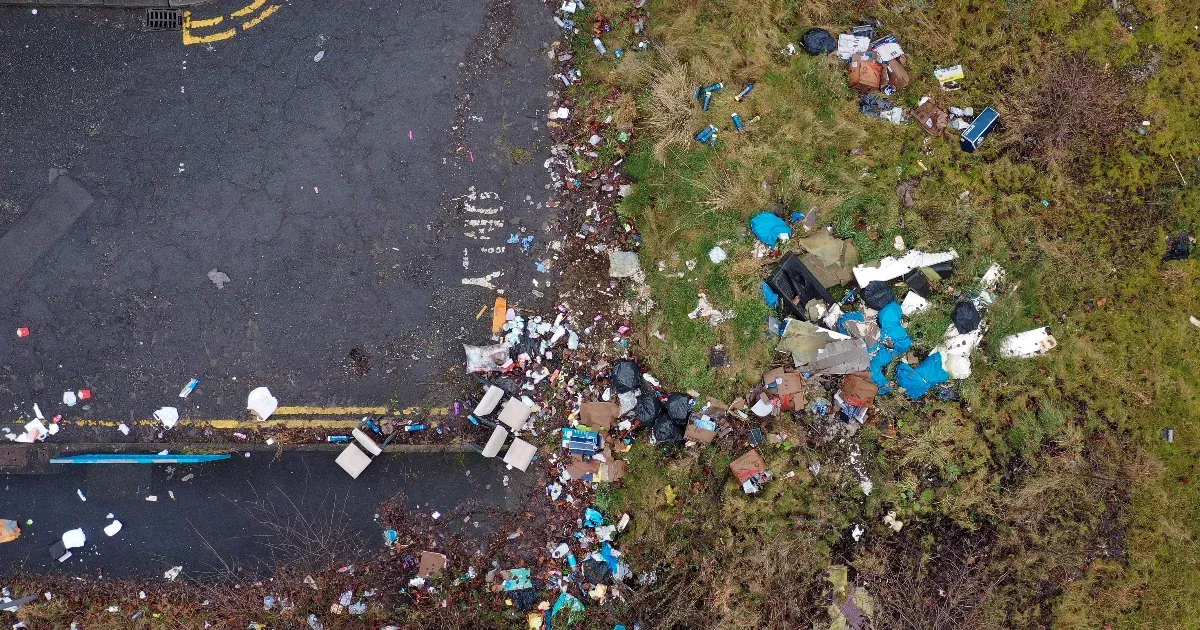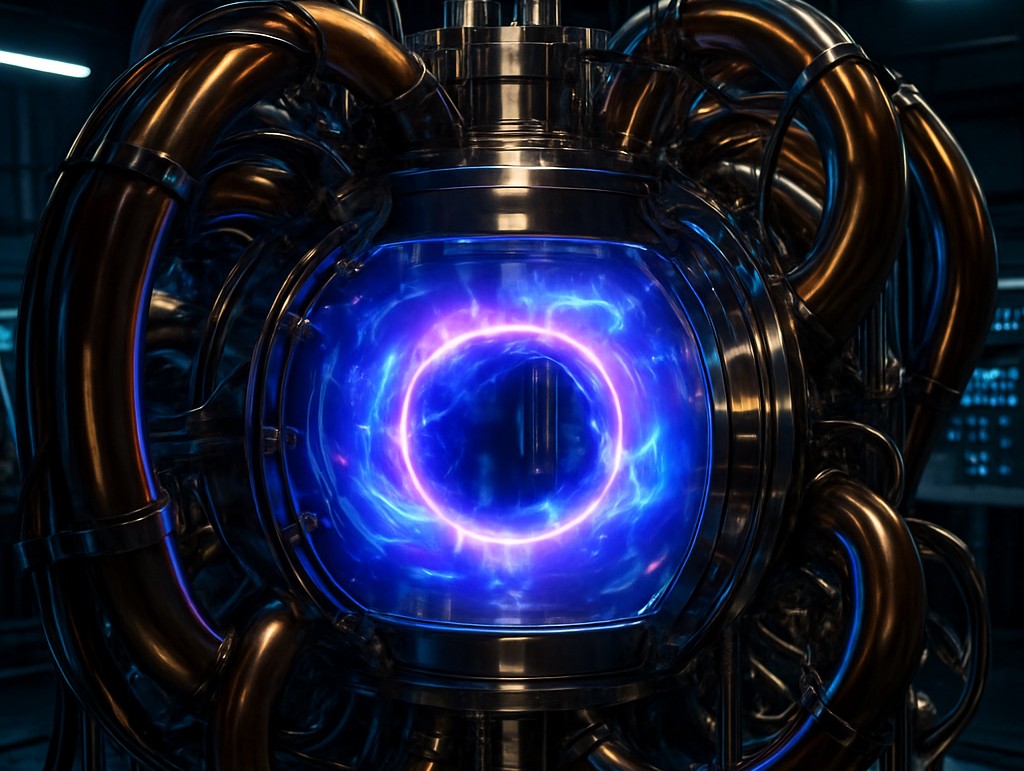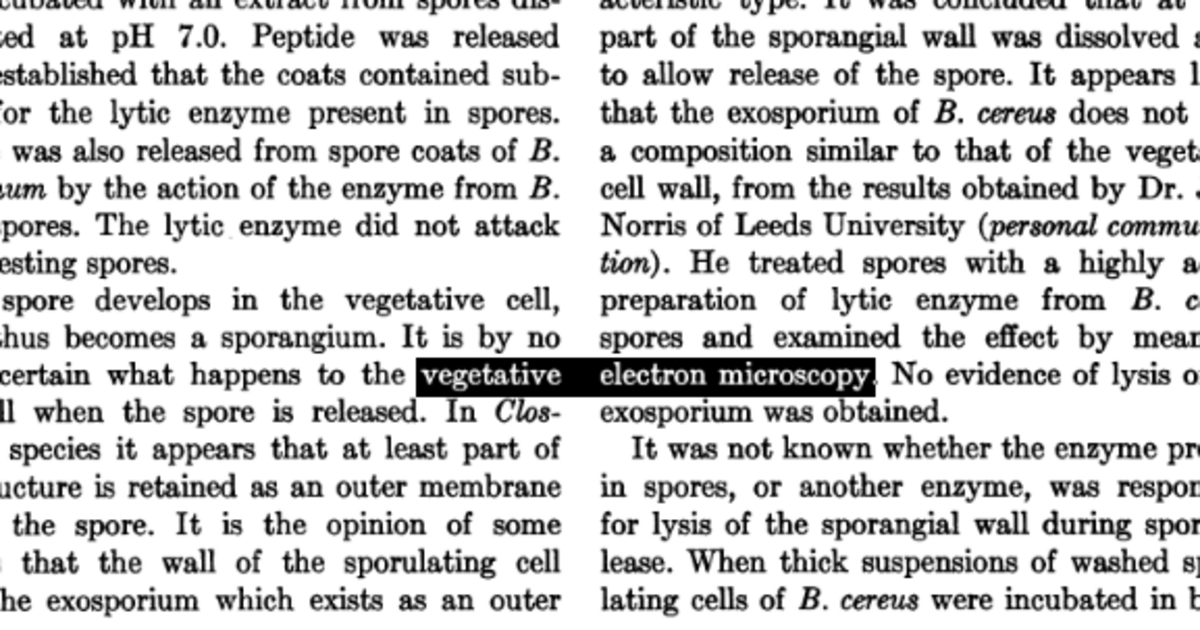Ants are social creatures, so it seems logical that they would look out for each other. But the scale and medical sophistication they demonstrated have surprised researchers. When the African ant Matabele (Megaponera analis) hunts termites, it invades the termite colony, neutralizing the soldiers and killing the workers so they can steal the eggs for food. However, termites can resist and injure or even kill their attackers. But Matabele ants are not only excellent soldiers, but also wonderful doctors.
Postdoctoral researcher Eric Frank has been tracking these insects since his master’s degree. Note that when an ant is injured, another ant begins licking the wound. He began to doubt it
The insect does all this to prevent infection and may use an antimicrobial agent.
That is why he began to closely monitor such interactions. He found that ants do not succumb to the wounded. Instead, when an ant is injured (and the wound is not severe), the injured insect remains calm and releases pheromones to let its mates know what happened. But when he gets seriously injured, he starts to move frantically: basically This is how it indicates its position “for the sake of diagnosis.” Infected ants are finally transferred to the nest by their mates, where their infected wounds are “treated”.
It is a complex diagnostic system and therefore an adaptive treatment Eric Frank explained ZME Science Online scientific portal. – This diagnostic process and then treatment has not been discovered by science in non-human species.
He added that it is a complex process that includes diagnosing the infection, deciding on treatment, and then administering the treatment. It looks like a file Megabonera Annalis Ants are very resourceful.
We discovered that infected ants communicate when wounding Biologist noted. – More than a hundred chemical components and 41 proteins were found in the materials used. We can already prove that about half of them have antimicrobial properties.
Ants produce disinfectant in a gland in their chest.
The specialist suspects that diagnosis and treatment – once thought only of human behaviour – may be more widespread in the animal world than we think. He wants to study this in more insects, but thinks the behavior may also occur in other groups of animals.












































